Back in the day, ordering a tent for a special event meant you could pretty much expect one thing: a basic, boxy structure that did its job to temporarily shelter inhabitants from the weather.
Call it a canvas coup, but these days tents come in a multitude of shapes, sizes and materials and are commonly used for a vast array of purposes. Advancements in functional design and the widespread need for more affordable structures have led to many businesses and organizations using nontraditional commercial tents such as yurts, teepees, geodesic domes, inflatables and tunnel-shaped tents as permanent spaces instead of just venues for temporary events.
Often, these nontraditional tents can be as attractive and functional as stick-built buildings while still incorporating building elements like flooring, windows, skylights, doors and insulation. Many can be connected to existing electrical, HVAC, septic and water systems, often while offering greater energy efficiency and lower maintenance. And many can even support second stories.
Perhaps most important, they’re typically a fraction of the cost of stick-built structures. But their size and shape are really only limited by a client’s imagination and budget.
While few forecasts are available on sales in specific categories for these tents, one study shows the inflatable tents market is expected to grow at a compound annual growth rate (CAGR) of 6.2% between 2019 and 2027 to reach a global market value of $700 million.
To gather anecdotal information about how sales are faring for various vendors, we spoke with four executives in the industry.
Dyester: “We can build in whatever shape you want.”
Florida-based Dyester Corp. manufactures a variety of nontraditional commercial tent styles including domes, yurts, teepees and “moduspaces,” or custom-built structures that often enclose bathrooms or kitchens. Materials include PVC, polycarbonate, glass and fiberglass, and customers worldwide have included celebrities, corporations, universities, party planning services, government agencies and everyday people, according to company president Barry Sendach.
New to Dyester’s custom-build tradition as of July: A line of pre-built, ready-to-ship domes.
“This is not a high-margin business or a high-volume business,” Sendach explains. “We’re not Coleman. But we’re known in the industry and demand is steady. We have a full staff of architectural designers. Our products are pretty efficient to build, and we can build in whatever shape you want.”
Best sellers right now, he says, include the geodesic models popular with individuals and businesses alike. The steel frames keep them strong and the waterproof, wind- and snow-resistant coverings (which may need replacing every 10 to 12 years) are suitable for most climates.
Smaller models are easy to self-assemble and are often used for camping or “glamping,” but larger ones can scale up to 194 feet tall to provide space for yoga studios, restaurants, hotels, entertainment events and other purposes. Dyester offers 120 different colors.
About half of Dyester customers are individuals and half are organizations. Clients have included a hip-hop artist and PBS, both of whom filmed inside their structures. One recently ordered four big bubble domes to help launch a vitamin water product in New York.
Significantly, Sendach says some people are also adopting nontraditional tents as permanent residences. Because they’re considered movable structures, they can often be installed on residential lots (and lived in year-round) without zoning entanglements.
“You could buy a 30-foot dome for $7,900 and get 685 square feet of floor space, the size of a one-bedroom apartment,” he notes. “If you need more space, you can add a loft or mezzanine. For about $50,000, we also build shipping container homes consisting of two containers within a 39-foot dome. I think as we move on, these will be sought out as low-cost housing—especially by governments with large homeless populations.”
Sendach is optimistic about future demand. “With the world changing, I think people are spending more time outdoors,” he says. “And they’ll use these to live and vacation in.”
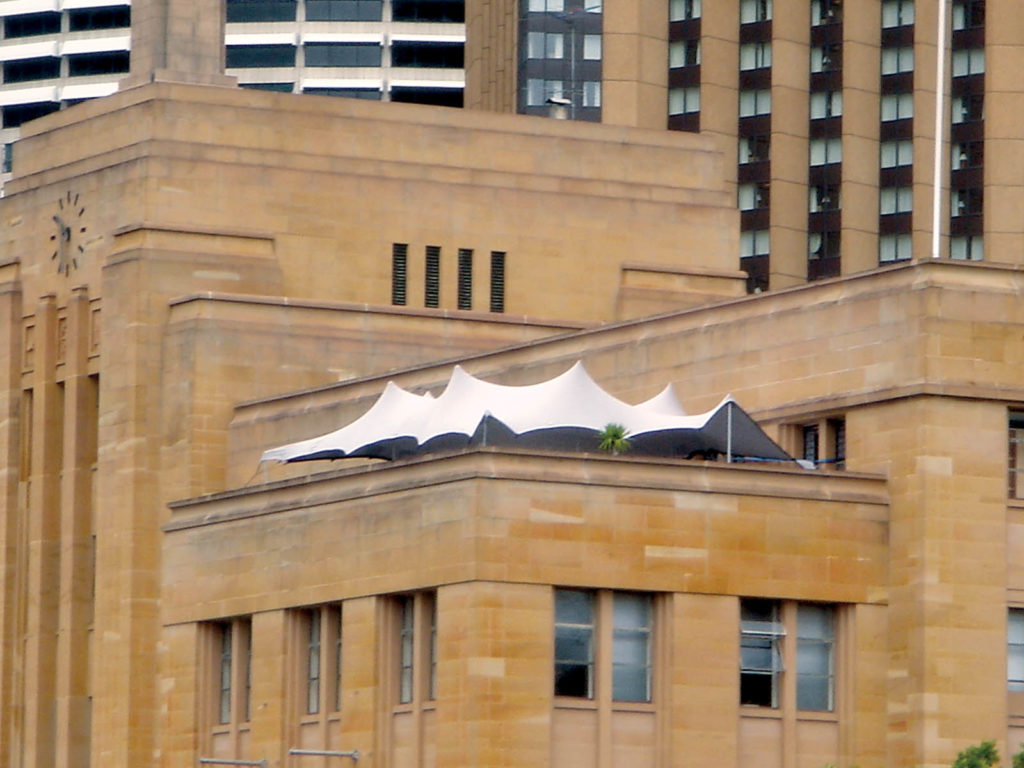
Losberger De Boer: “With events back full-swing, demand remains high.”
Similarly, Maryland-based Losberger De Boer US LLC offers sales of both inflatable tents and modular tents that can be configured in size and shape for a number of different uses, from event space to commercial space. Its Rapid Deployment division also specializes in immediate installation of shelters needed for humanitarian or military purposes, such as emergency hospitals, decontamination tents, base camps, storage space or expedition shelters.
Demand for the structures has been brisk over the last couple years, reports managing director Pat Moughan, partly because people are better educated about their tent options and they want to be different. Losberger De Boer helps them be unique at reasonable prices by offering products that can be easily customized. Especially popular now?
The firm’s Arcum style tents that offer A-frame designs softened by curved roof lines.
While the company’s easy-to-install inflatable tent line has been in demand with first responders, hospitals, rehab facilities, fire camps and similar clients, it’s not as popular for event rental purposes, Moughan reports, probably because of aesthetic preferences.
“The tenting world has been a roller-coaster ride,” he notes. “From early 2020 when events were canceling, to the crazy demand for long-term rental tents—and now with events back full-swing, demand remains high. Outside-the-box tenting with creative shapes and solutions will become more and more prevalent as forward-thinking customers want to separate their events from the norm, and as events continue to become more elaborate.”
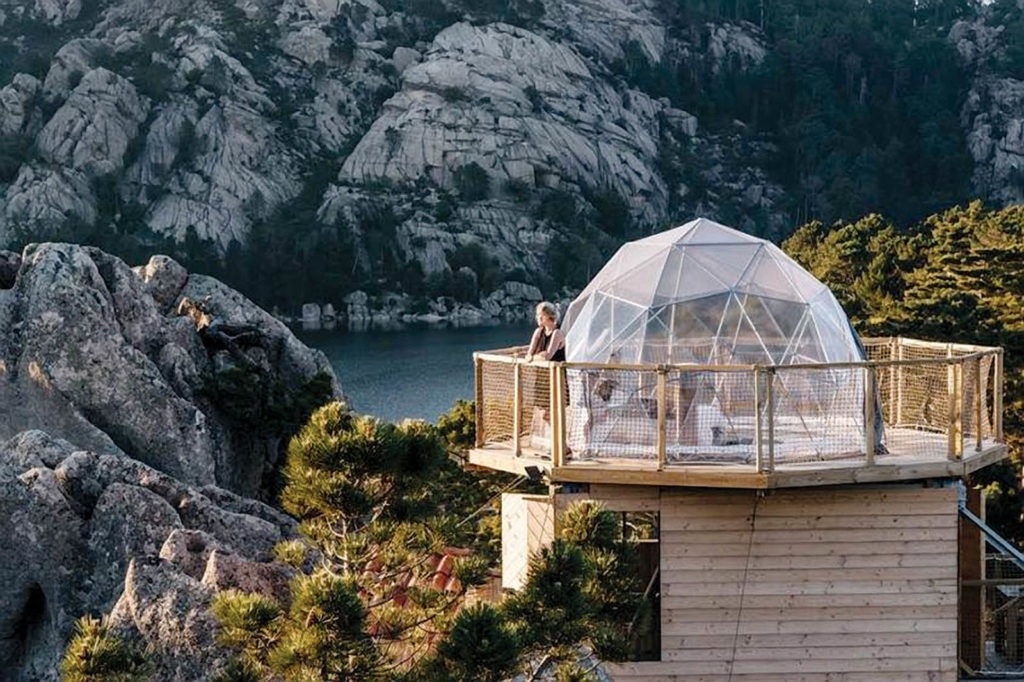
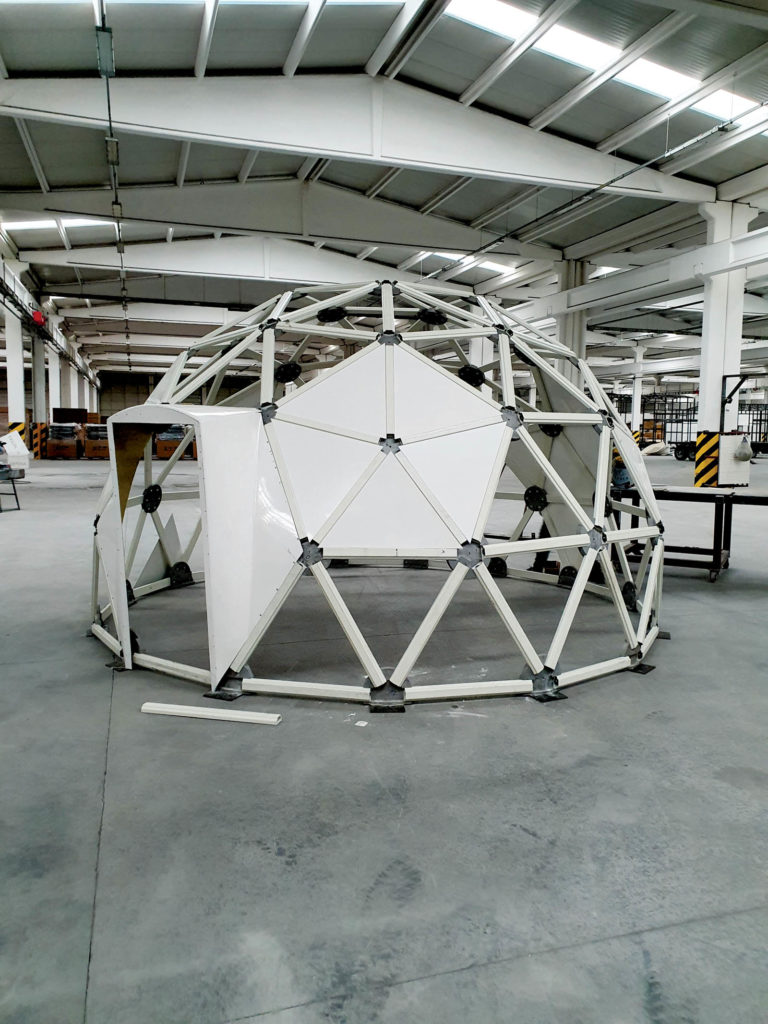
Stretch Structures: “More attractive, colorful and versatile than traditional marquees.”
Australia-based Stretch Structures is a multinational company specializing in 100% waterproof stretch and inflatable structure tents, all available in different shapes and sizes. A company claim to fame: the polycarbonate polyurethane-coated material (used for tent membranes) known as Bedouinflex Stretch Fabric. Its best seller: the Bedouinflex stretch tents that come in standard or custom-crafted designs.
“They’re far more attractive, colorful and versatile than traditional marquees,” says co-owner Penny Johnstone. “We’re able to customize them and ensure they fit in with any space or work, in conjunction with existing buildings and architecture.”
Johnstone says the advent of COVID provided boosted demand that’s still a driving force for Stretch Structures.
“When the demand for events dropped due to lockdowns and closures, that opened a bigger market with venues such as restaurants, boutique hotels and breweries wanting to make the most of their outdoor space and allow for greater ease in social distancing. Along with adapting some products to assist hospitals and medical professionals with dealing with COVID, the last few years have been very busy and challenging.”
She believes there’s an inflatable tent solution for every purpose handled by traditional tents, since they’re lightweight, easy to install and durable even in extremely hot, cold, precipitous or high-altitude settings. Common uses for Stretch Structures products include special events, warehousing, logistics and medical and disaster relief. Memorable venues have included camps along the Australian outback’s Larapinta Trail and set design for the 2021 movie Red Notice starring Dwayne “The Rock” Johnson.
Johnstone predicts stretch and inflatable tents will only increase in popularity as labor and shipping costs continue to rise, since they can be transported and installed “in a fraction of the time” of more traditional versions.
“We expect them to continue to grow and outpace the growth of the traditional structure,” she says. “The newer technologies and improvements, in both modern materials and overall engineering, will result in them being more suitable for a broader range of applications.”
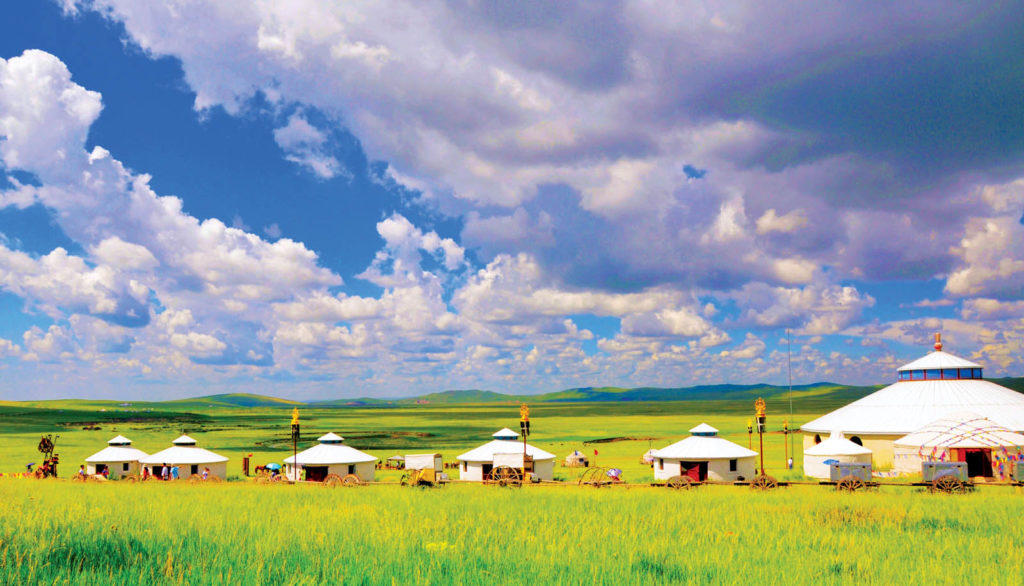
Tentipi: “A significant increase in demand across all sectors”
Using slow-growing, sustainably harvested timber, and water-repellant canvas, Sweden-based Tentipi crafts conical structures called “Nordic tipis” used worldwide for hospitality and education uses, special events and camping.
CEO and founder Bengt Grahn models his products after similar shelters used by Indigenous Sami people of northern Scandinavia. He identifies his best-selling product as the Stratus 72, which seats 72 to 128 people depending on whether the sides are up or down. Multiple Stratus 72s can be linked together to increase capacity.
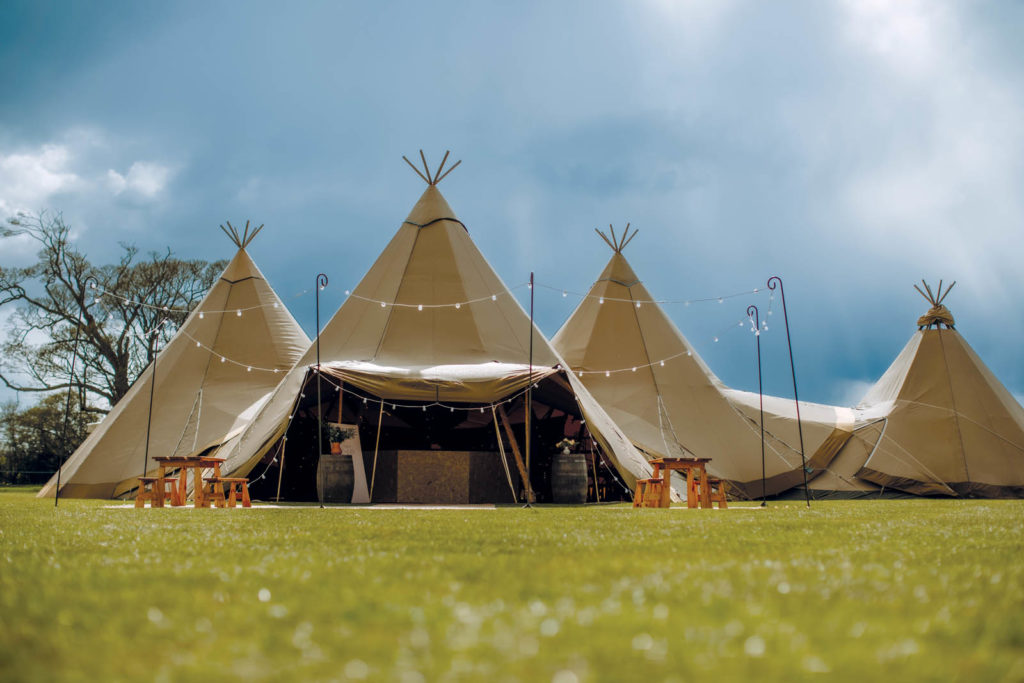
“The wooden poles and the light through the canvas make a very inviting space,” he notes. “Our tents are built to withstand the Scandinavian winter, so they’re extremely robust and hard-wearing.”
Memorable venues, he says, have included festivals, yoga retreats, ski resorts, city-center restaurants, private gardens, weddings at upper-crust U.K. homes, tropical beach parties in Mauritius and a luxury “base camp” for a celebrity BBC TV show in the Italian Alps.
As with the other vendors, the future looks bright for Tentipi, says Grahn.
“During and after the pandemic, we’ve seen a significant increase in demand for our tents across all sectors. That shows no signs of slowing down. Customers are looking for robust structures that can withstand harsh weather conditions and are built to last, and others are looking for ways to cater for the growth in demand for more outdoor lifestyles.”
Michelle Miron is a freelance writer based in Hugo, Minn.
SIDEBAR: Glossary of nontraditional tents
Geodesic dome: a dome-shaped or other structure consisting of fabric supported by short struts and an open framework of triangles or polygons.
Hexadome: A six-sided tent characterized by fabric screens affixed to a dome-shaped metal skeleton.
Teepee or tipi: A conical tent consisting of fabric held up by long poles.
Yurt: A circular dwelling made of a lattice of flexible poles covered by fabric.
Tunnel tent: A series of arch-shaped poles stationed parallel to each other to create a tunnel topped by fabric.
Inflatable tent: A fabric structure supported by air instead of plastic, fiberglass or metal beams.



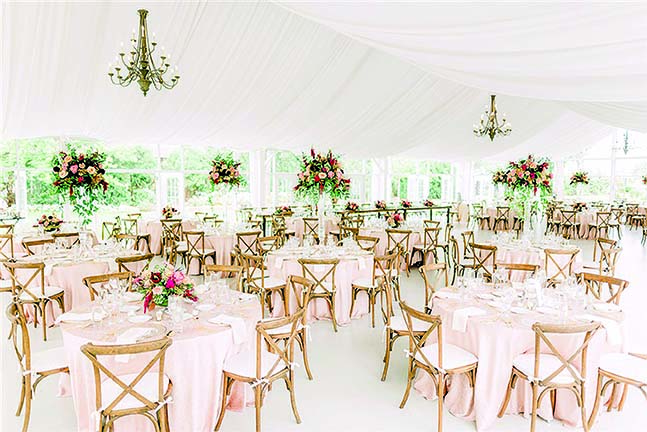
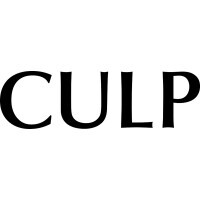


Leave A Comment